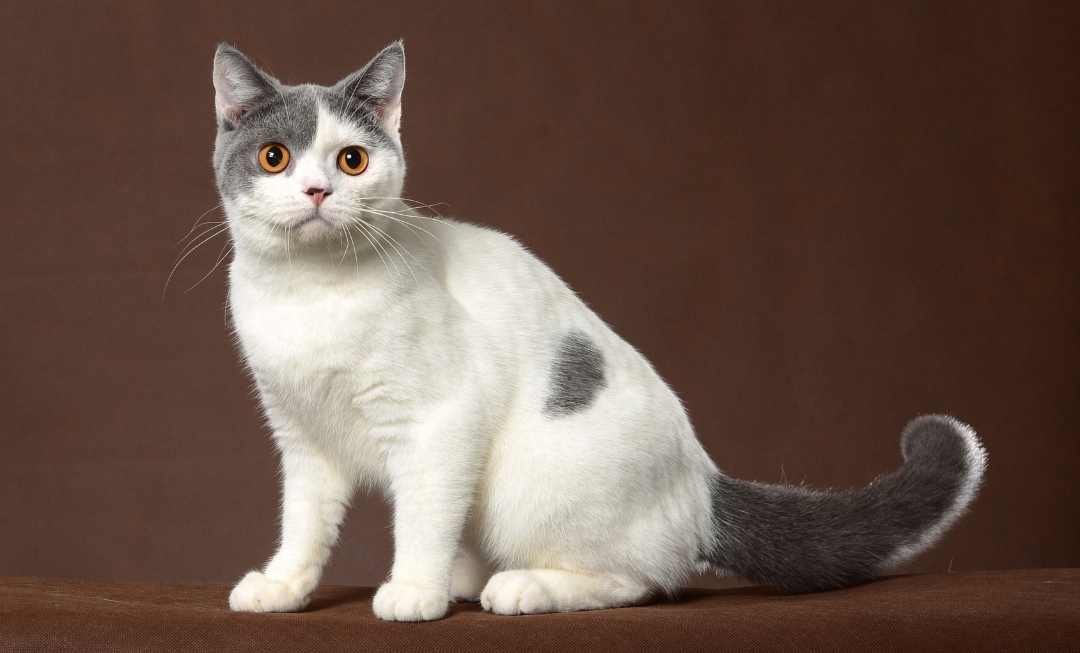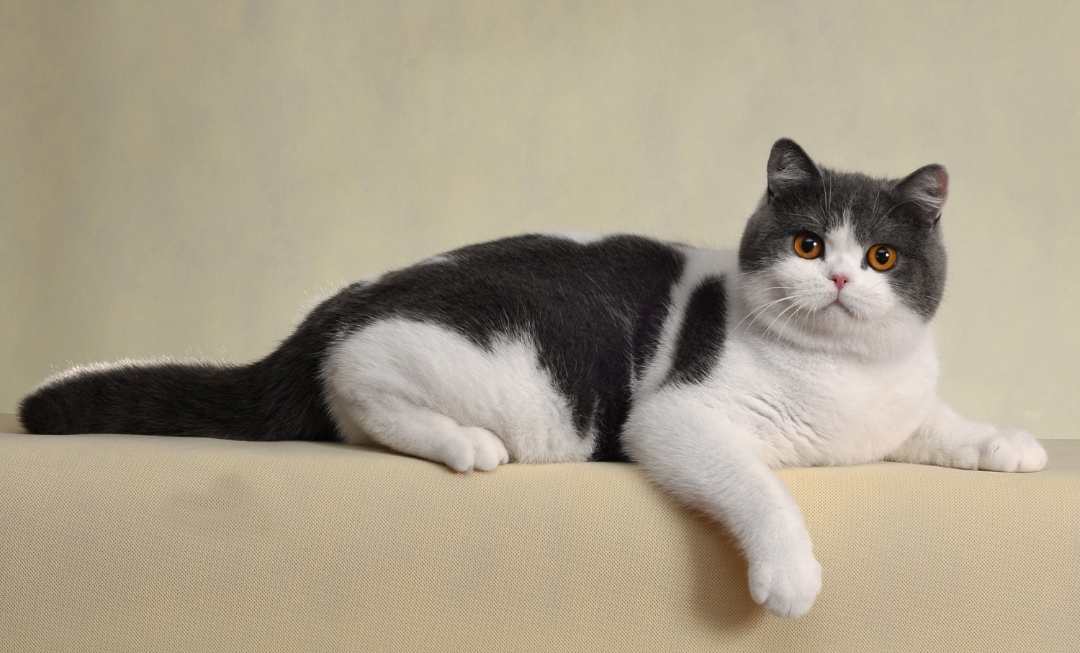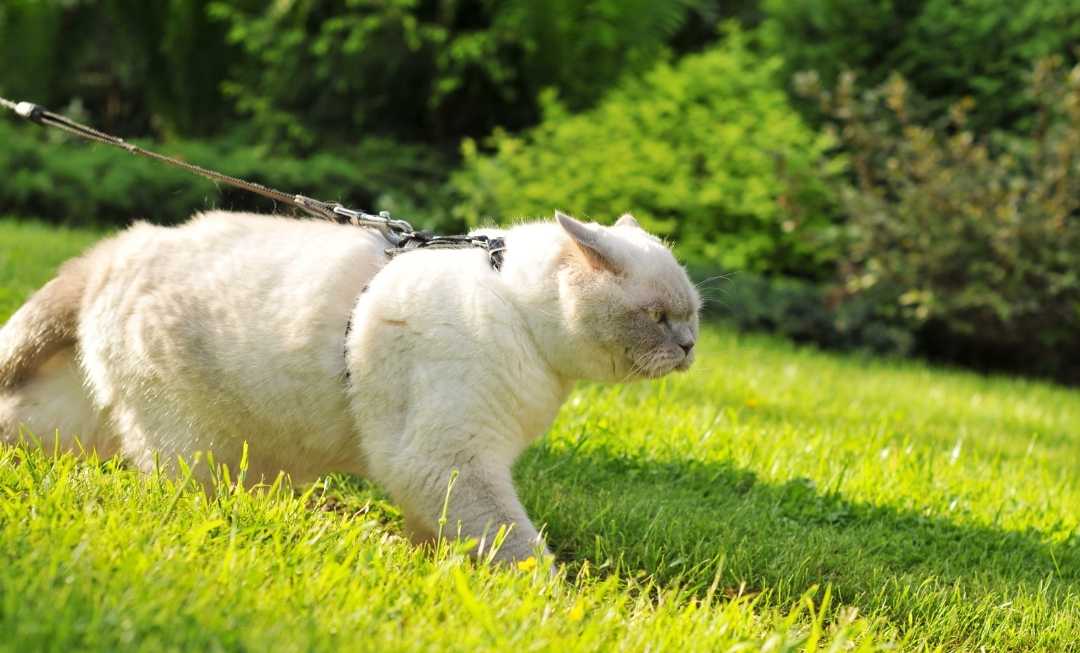
Meet the British Shorthair—an endearing feline known for its plush coat and charming smile. While they may be a bit reserved initially, these lovable cats warm up quickly and enjoy being near their human companions. Whether you’re lounging on the couch or working from home, they’ll be right by your side, offering quiet companionship and affection.
Legend has it that when the Romans invaded Britain, they brought cats along to protect their food supplies from rodents. After the Romans left, these cats stayed behind and evolved into the British Shorthair we know today. The breed gained popularity in Victorian England and was one of the first pedigreed cats to be developed. During World War I, breeders crossed them with Persian cats, leading to the creation of the British Longhair. Despite near extinction during World War II, the resilient British Shorthair was revived through crossbreeding with domestic shorthairs, Russian Blues, and Persians. Recognized by various cat associations, the British Shorthair continues to win hearts worldwide.
British Shorthairs have a laid-back, easygoing nature that perfectly matches their British heritage. While they may not be lapcats, they love being close to their favorite people. Males are typically cheerful and friendly, while females are more dignified and expect proper manners. These intelligent and affectionate cats get along well with children and cat-friendly dogs, provided they’re treated with respect. Though generally quiet, they can have bursts of playful energy, often called “zoomies.”

British Shorthairs are known for their round faces, large eyes, and various colors and patterns of plush coats. “British Blue” is a popular color, but you can also find them in white, cream, black, and various tabby patterns. Depending on their coat color, their eyes can be deep gold, green, blue, or copper. These cats are strong and robust with a stocky, muscular build and a broad chest. Their round heads, chubby cheeks, and smiling expressions make them resemble adorable teddy bears.

Taking care of a British Shorthair is relatively easy. Brush their coat 2-3 times weekly to remove dead hair and distribute natural oils. Increase brushing frequency during shedding seasons in spring and fall. Trim their nails weekly and check their ears for signs of infection. Clean their ears with a vet-recommended cleanser if needed. Brush their teeth daily to maintain good oral health and fresh breath. Start grooming routines early to help your kitten get used to them.
British Shorthairs are generally healthy but can be prone to conditions like hypertrophic cardiomyopathy (HCM) and hemophilia B. Regular vet check-ups and preventive care are essential for maintaining their health. A balanced diet and exercise can also help keep them at a healthy weight.
Ensuring your British Shorthair receives proper grooming, nutrition, and regular vet visits will keep them happy and healthy for years to come.
Unleash the secrets to feline happiness! From picking the purr-fect breed to mastering grooming techniques and choosing the healthiest foods, we’ve got you covered. Get top-notch advice from world-renowned veterinarians, cat behaviorists, and groomers.
🐾 Visit our blog and become the ultimate cat parent! 🐾
Felinopedia is an online cat encyclopedia dedicated to sharing valuable information with (new) cat parents. We aim to help you give your furry friend the best tools and advice for a long, happy, and healthy life.
Join us on this journey to ensure your cat’s wellbeing.
Happy Cats, Happy Life